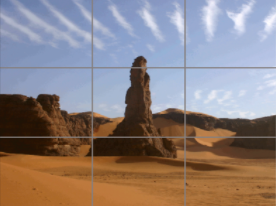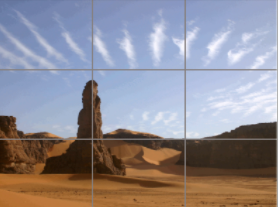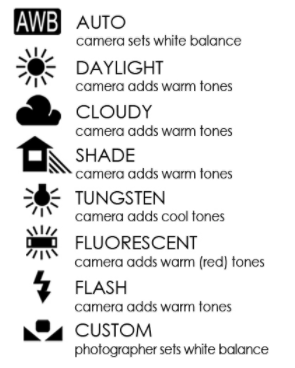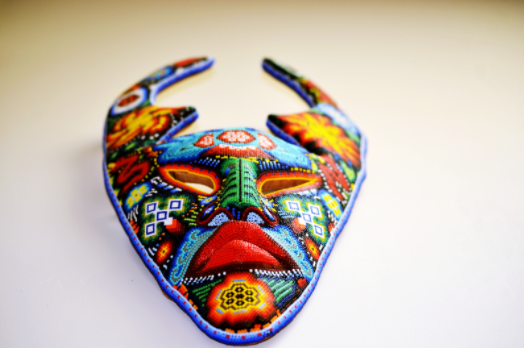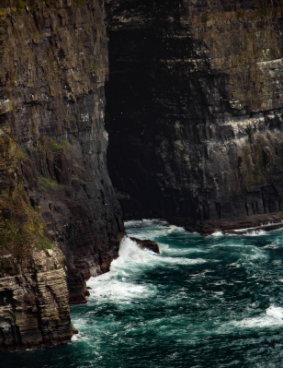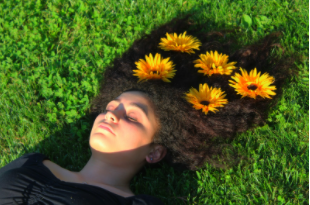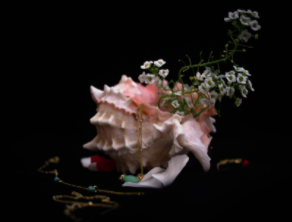If you own a smartphone or DSLR (digital single lens reflex) Camera, it is likely that you have taken at least a few photographs with it! Perhaps you have wanted to learn more about photography but havenŌĆÖt had the time to learn more. In a world where millions of images are uploaded to social media platforms daily it seems like there is ŌĆ£magicŌĆØ behind the ones that stand out. With this being said, there is a real opportunity for any aspiring photographer to practice composed shooting.
Composed shooting happens when there is intentional practice and application of the tools and techniques that are commonplace in professional photography. It is essential to spend time learning the basic exposure camera controls specific to your current camera as well as a few compositional or shooting techniques. The reward is greater connection to your subject and scene and photos that ŌĆ£lookŌĆØ better. With a little practice, the mystery disappears and you may find yourself posting and sharing your own professional quality photos.
Here are some tips that will help you to begin shooting composed photos.
